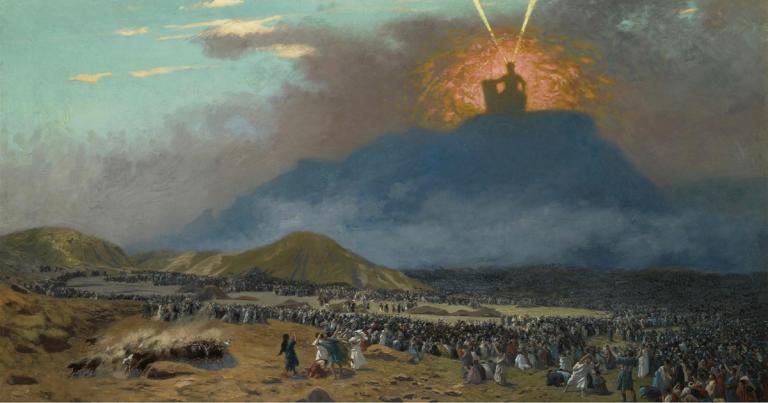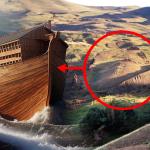
A team of Biblical archaeologists declared their discovery of the sacred site where God presented Moses with the Ten Commandments engraved on stones. The researchers claim that the archaeological remnants and physical indications on the holy mountain in Saudi Arabia precisely correlate with Biblical scripture.
The book of Exodus tells of when Moses guided the Israelites to Mount Sinai, which was engulfed by fire, thunder and smoke. Moses went up to the mountain top, where he met with God to obtain the Ten Commandments. The majestic occurrence of direct communication with God makes Mount Sinai an important, sacred location in the Christian and Jewish faiths.
Some skeptics claim this inexplicable occurrence found in the Bible never happened. On the other hand, many Biblical research teams are ready to refute these doubts with substantial evidence.
Biblical archaeologist Ryan Mauro challenged the claims of the opposing side.
“One of the main reasons certain scholars claim that the Exodus is a myth is because little to no evidence for what the Bible records have been found at the traditional Mount Sinai in Egypt’s the Sinai Peninsula. But what if these scholars have actually been looking in the wrong spot? Move over into the Arabian Peninsula, and you find incredibly compelling evidence matching the Biblical account,” Mauro stated in an interview.
Mauro claimed that the authentic holy site resides in northwest Saudi Arabia due to the plethora of evidence.
Next, the Biblical research team pointed out Jabal Maqla, a mountain peak at what is presumed to be Mount Sinai. Biblical scripture states that God came down on Mount Sinai as an immense fire. The begrimed peaks support the theory that Jabal Maqla is the location of the historic event.
En route to the alleged Mount Sinai is an enormous, divided boulder resting on a massive hill. The boulder and hill under it display severe water erosion even though the site rarely has rainfall.
Research team leader Mauro reported, “We believe this distinct landmark could be the rock that God commanded Moses to strike, which water then gushed forth from, miraculously providing for the Israelite population.”
The Book of Exodus tells that Moses constructed an altar composed of stones at the foundation of Mount Sinai and put up 12 pillars symbolizing the 12 tribes of Israel right next to it. Nine of the 12 pillars were located at Jabal al-Maqla, along with many shattered fragments of marble dispersed around the area.
Two additional items at the site serve as proof of the Biblical occurrence. These discoveries are presumed to be the Golden Calf worship site and a historic graveyard. The book of Exodus explains how the Israelites created a golden calf as an Egyptian god to worship it while Moses was atop Mount Sinai. After Moses’ descent down the mountain, the worshippers of the false idol were executed for idolatry.
Mauro shared the significance of their historical findings. “Close to the mountain, we have this site covered with depictions of people worshipping bulls and cows. And what’s really significant is that these petroglyphs are isolated to this area. It’s not like they’re carved all over the mountain,” The Middle East expert explained.
These fascinating discoveries and theories arose around the same time as the Thomas Research Foundation’s potential discovery of Noah’s Ark.


